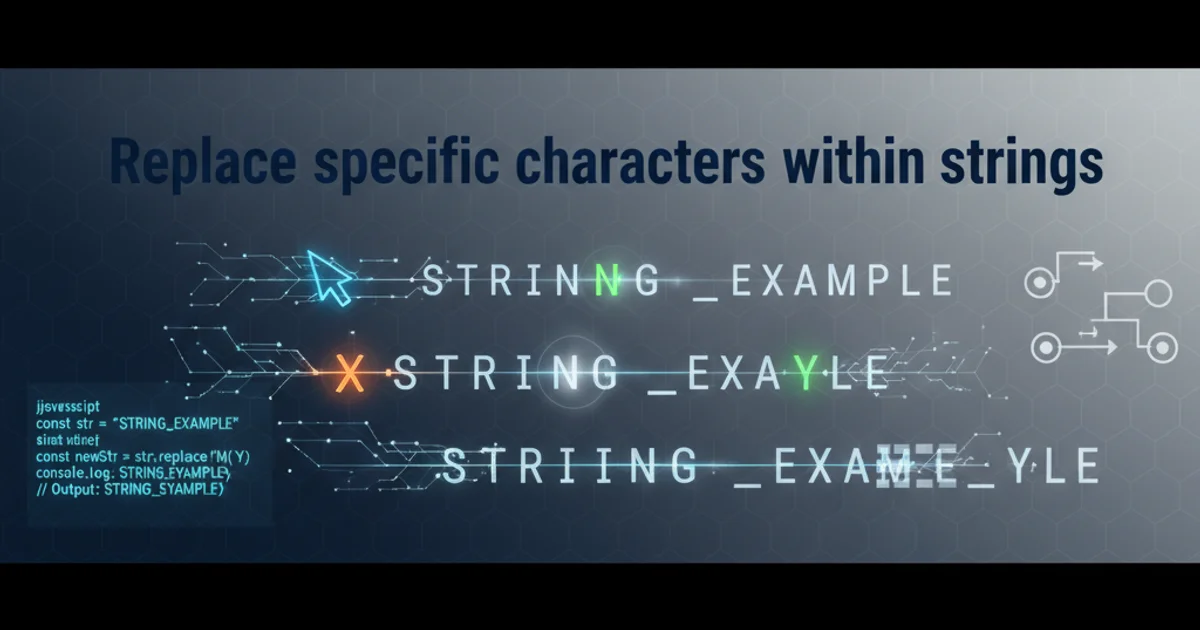Why is rising edge preferred over falling edge
Categories:
Why Rising Edge is Preferred Over Falling Edge in Digital Design

Explore the fundamental reasons why synchronous digital circuits predominantly use the rising edge of a clock signal for data capture, focusing on stability, noise immunity, and industry standards.
In the world of synchronous digital electronics, the clock signal is the heartbeat that orchestrates all operations. Data is typically sampled and transferred on a specific transition of this clock signal. While both rising (positive) and falling (negative) edges are valid points for triggering, the rising edge has become the de facto standard. This article delves into the technical and practical reasons behind this preference, covering aspects like noise immunity, standardization, and ease of design.
Understanding Clock Edges and Data Capture
A clock signal is a periodic waveform that alternates between a low (0) and a high (1) state. The transition from low to high is called the rising edge, and the transition from high to low is called the falling edge. Flip-flops and other sequential logic elements are designed to capture input data and update their output state only at these specific clock transitions, ensuring synchronized operation across the circuit.
While a circuit can be designed to trigger on either edge, consistency is key. Mixing rising-edge and falling-edge triggered components within the same clock domain can lead to complex timing issues and potential race conditions, making design and verification significantly more challenging.
flowchart TD
CLK_LOW[Clock Low] --> CLK_RISING_EDGE{Rising Edge Trigger};
CLK_HIGH[Clock High] --> CLK_FALLING_EDGE{Falling Edge Trigger};
CLK_RISING_EDGE --> DATA_CAPTURE_R[Data Captured on Rising Edge];
CLK_FALLING_EDGE --> DATA_CAPTURE_F[Data Captured on Falling Edge];
DATA_CAPTURE_R --"Common Standard"--> SYNCHRONOUS_SYSTEM[Synchronous System];
DATA_CAPTURE_F --"Less Common"--> SYNCHRONOUS_SYSTEM;Clock Edge Triggering in Synchronous Systems
Reasons for Rising Edge Preference
Several factors contribute to the widespread adoption of rising-edge triggering:
Noise Immunity and Stability: The rising edge often represents the transition from a stable low state to a stable high state. In many technologies, the 'low' voltage level (ground) is inherently more stable and less susceptible to noise than the 'high' voltage level, which might be more prone to power supply fluctuations or inductive noise. Triggering from a more stable reference point can lead to more reliable data capture.
Standardization and Tool Support: The electronics industry has largely standardized on rising-edge triggering. This means that most off-the-shelf components (like FPGAs, microcontrollers, and standard logic ICs), design tools (EDA software), and intellectual property (IP) cores are optimized for and assume rising-edge operation. Adhering to this standard simplifies integration, reduces design errors, and leverages a vast ecosystem of proven solutions.
Simplicity in Design and Analysis: When all components in a synchronous system trigger on the same edge, timing analysis becomes more straightforward. It avoids the complexities of managing half-cycle delays and potential clock skew issues that can arise when mixing edge polarities. This simplifies the calculation of setup and hold times, critical for ensuring correct circuit operation.
Historical Precedent: Early TTL (Transistor-Transistor Logic) and CMOS (Complementary Metal-Oxide-Semiconductor) technologies often found it slightly easier or more robust to implement rising-edge triggered flip-flops due to their internal gate structures. This historical precedent helped solidify the rising edge as the default choice.
VHDL Example: Rising Edge Triggered Flip-Flop
Here's a simple VHDL code snippet demonstrating a D-type flip-flop that captures data on the rising edge of the clock. This is a common construct in hardware description languages (HDLs) and illustrates the explicit use of rising_edge.
library ieee;
use ieee.std_logic_1164.all;
entity d_flip_flop is
port (
clk : in std_logic;
rst : in std_logic;
d : in std_logic;
q : out std_logic
);
end entity d_flip_flop;
architecture behavioral of d_flip_flop is
begin
process (clk, rst)
begin
if rst = '1' then
q <= '0';
elsif rising_edge(clk) then -- Trigger on the rising edge of the clock
q <= d;
end if;
end process;
end architecture behavioral;
VHDL code for a rising-edge triggered D-type flip-flop with asynchronous reset.
In the VHDL code, the rising_edge(clk) function explicitly checks for the low-to-high transition of the clk signal. This ensures that the data d is sampled and transferred to the output q only at that precise moment, making the circuit synchronous and predictable.